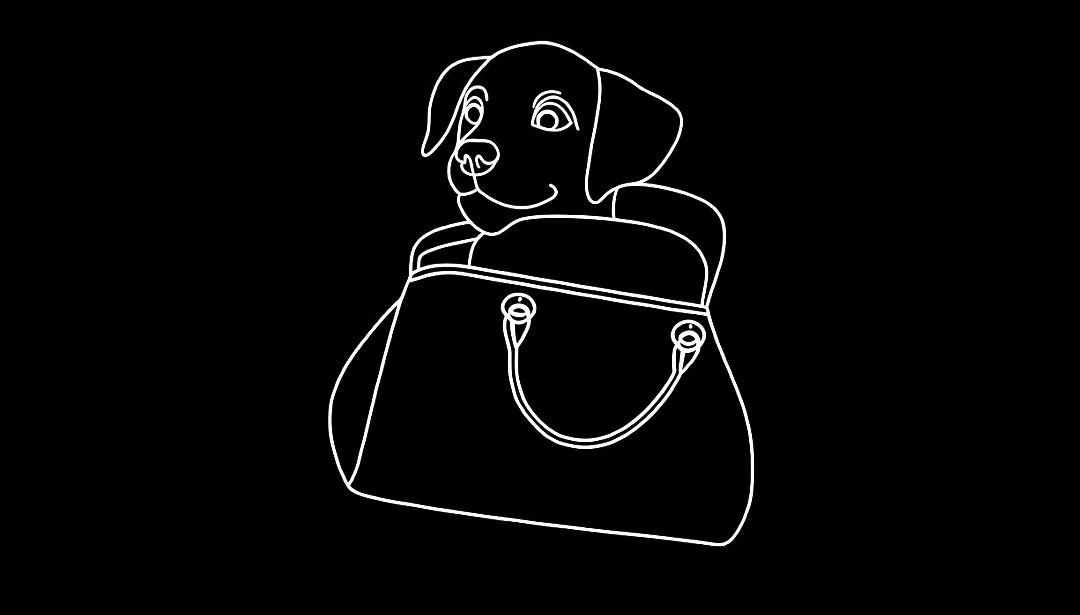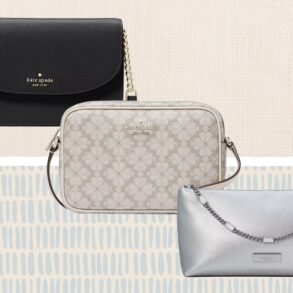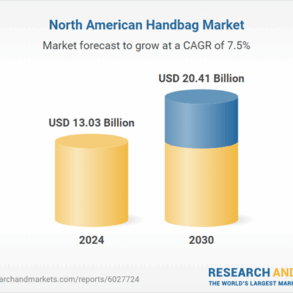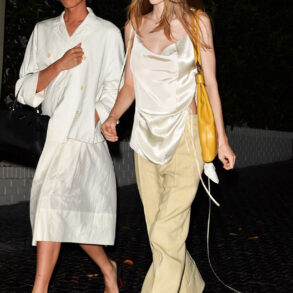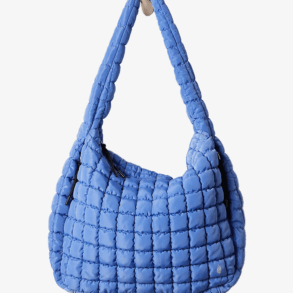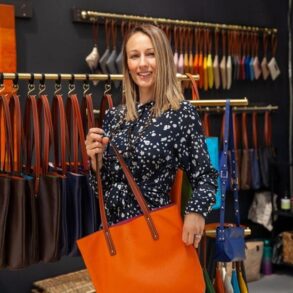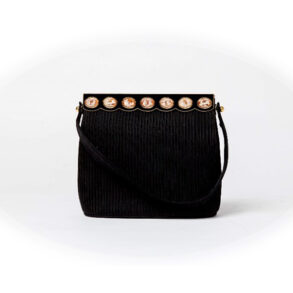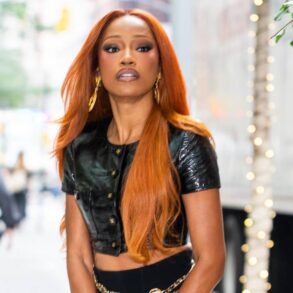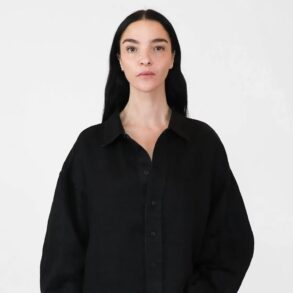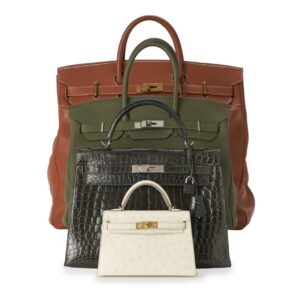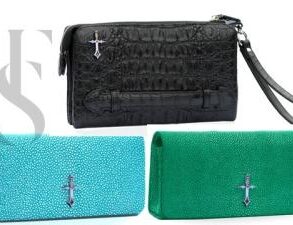The women’s handbags market was valued at USD 59.24 billion in 2023 and is anticipated to reach approximately USD 84.55 billion by 2033, growing at a CAGR of 3.3% from 2024 to 2033.
The global women’s handbags market has evolved dramatically over the past decade, propelled by shifting consumer preferences, technological innovation, and changing retail dynamics. What was once a functional accessory has become a potent symbol of style, status, and personal identity. From constantly refreshed runway collections to the rise of influencers who showcase limited edition drops, handbags occupy a central place in both the fashion ecosystem and consumers’ everyday wardrobes. This comprehensive analysis explores the key segments within the market, identifies pivotal growth drivers and challenges, and paints a picture of how the landscape may unfold in the coming years.
Get a free sample report: https://datahorizzonresearch.com/request-sample-pdf/womens-handbags-market-3725
Market Segmentation
By Product Type:
o Shoulder Bags
o Totes
o Clutches & Evening Bags
o Satchels
o Crossbody Bags
o Others
By Price Point:
o Luxury
o Premium
o Mid-ranged
o Mass Market
By Material:
o Leather
o Synthetic
o Canvas
o Others
By Distribution Channel:
o Specialty Stores
o Department Stores
o Online (E-commerce)
o Others
Ask for a discount: https://datahorizzonresearch.com/ask-for-discount/womens-handbags-market-3725
Growth Drivers
Several intertwined trends are powering expansion across all segments of the women’s handbags market:
1. E commerce Penetration: Online retail penetration continues to climb, accelerated by pandemic induced behavioral shifts. Retailers are investing in personalized virtual try on features, AI driven recommendations, and streamlined logistics to reduce delivery times. Subscription services and rental models for luxury handbags additionally widen access for aspirational buyers.
2. Digital Influencers and Social Commerce: Instagram, TikTok, and YouTube personalities wield significant sway, often causing instant sell outs of limited edition collaborations. Influencer partnerships and “haul” videos generate peer driven buzz, shortening product life cycles and heightening the need for real time inventory management.
3. Sustainability and Ethical Practices: As environmental and social responsibility gain prominence, brands are experimenting with eco friendly materials-recycled plastics, plant based leathers, and upcycled fabrics. Transparency in supply chains, endorsements by charitable causes, and take back programs bolster brand image, particularly among Gen Z and Millennial shoppers.
4. Customization and Personalization: Mass customization technologies enable consumers to choose colors, prints, monograms, and hardware finishes, forging deeper emotional connections. Digital platforms allow previews of bespoke designs, and 3D printing for small batch production empowers niche personalization at scale.
5. Omnichannel Integration: Seamless experiences-from mobile browsing to in store pickup-are now table stakes. Brands that blend digital and physical touchpoints effectively drive loyalty: virtual styling assistants, in store AR mirrors, and loyalty program perks that span online and offline purchases reinforce engagement across channels.
Competitive Landscape
The women’s handbags market landscape ranges from heritage luxury houses to fast fashion conglomerates and nimble direct to consumer startups:
• Luxury Icons: Hermès commands attention with its Birkin and Kelly lines, limited production runs, and steep secondary market valuations. Chanel’s interlocking CC flap bag and Louis Vuitton’s monogram classics remain perennial bestsellers.
• Accessible Luxury: Coach, Michael Kors, and Kate Spade bridge mass appeal and aspirational pricing, often collaborating with celebrities and leveraging outlet channels to maintain volume.
• Fast Fashion and Value Players: Zara, H&M, and Mango replicate runway silhouettes at breakneck speed, ensuring that the latest trends trickle down to price sensitive consumers within weeks. While their margins are thinner, scale and responsiveness underpin profitability.
• Digital Natives and Niche Brands: Startups like Cult Gaia and Danse Lente have carved niches through distinct design languages and social media virality. Direct to consumer brands such as Cuyana and Mansur Gavriel focus on minimalism and quality, appealing to consumers tired of overt branding.
• Regional Players: In emerging markets, local designers adapt global trends to regional tastes. India’s Satya Paul and South Korea’s Yoon Ahn designed Ambush are examples of brands with strong domestic footholds that are expanding internationally.
Challenges and Headwinds
Despite overall growth momentum, the market faces several obstacles:
• Counterfeit Goods: The proliferation of counterfeit handbags erodes brand equity and routes revenue away from legitimate channels. Brands invest heavily in authentication technologies-RFID chips, blockchain tracking-yet enforcement remains resource intensive.
• Rising Raw Material and Labor Costs: Fluctuations in leather prices, currency exchange rates, and geopolitical tensions can squeeze margins, especially for brands relying on artisanal production in Europe. Sustaining profitability while maintaining craftsmanship standards is an ongoing balancing act.
• Inventory and Supply Chain Complexity: Rapid trend cycles demand agile manufacturing and distribution. Overproduction risks markdowns and waste; underproduction forfeits sales. Integrating real time analytics across global supply chains is essential but capital intensive.
• Environmental Scrutiny: Fast fashion handbags draw criticism for disposability and ecological footprints. Brands must navigate regulatory pressures and shifting consumer sentiments by integrating circular economy principles without sacrificing aesthetic appeal or price competitiveness.
Future Outlook and Opportunities
Looking ahead, several vectors promise to reshape the women’s handbags market:
• Tech Enabled Retail: Virtual reality showrooms, AI powered chatbots for styling advice, and apps that visualize how a handbag complements an existing wardrobe will become more pervasive. These experiences will drive loyalty and justify premium pricing for immersive convenience.
• Second Hand and Rental Platforms: The resale market-estimated to grow faster than new luxury sales-offers a gateway for value conscious consumers to access coveted styles. Rental subscriptions allow users to rotate handbags at a fraction of retail cost, appealing to environmentally conscious shoppers.
• Regional Expansion: Brands are eyeing untapped potential in Africa, Latin America, and the Middle East. Tailoring designs and distribution strategies to local tastes-combining e commerce partnerships with experiential pop ups-will be crucial.
• Material Innovations: Beyond animal based leathers, lab grown materials and high performance synthetics will mature, offering cruelty free, durable alternatives with novel textures. Collaborations between material scientists and designers will drive fresh aesthetics while meeting sustainability goals.
• Collaborations and Limited Editions: Co branded capsules between fashion houses and artists, or between established labels and Gen Z centric streetwear brands, generate headline grabbing momentum. These drops serve as both revenue multipliers and brand equity drivers.
Conclusion
The women’s handbags market is a microcosm of broader dynamics in retail and fashion-where heritage and innovation collide, and consumer values shift rapidly. Success hinges on an ecosystem approach: mastering design innovation, forging authentic connections through digital channels, and managing supply chains that are both agile and ethical. Brands that balance artistry with analytical rigor-leveraging data to anticipate trend inflection points while upholding craftsmanship-will capture the hearts of discerning consumers and ensure resilient growth in an increasingly competitive landscape.
Contact:
Ajay N
Ph: +1-970-672-0390
Latest Reports:
https://datahorizzonresearch.com/high-voltage-instrument-transformers-market-17284
https://datahorizzonresearch.com/halogen-lamp-market-17283
https://datahorizzonresearch.com/video-wall-market-17282
https://datahorizzonresearch.com/bar-type-tft-lcd-market-17281
https://datahorizzonresearch.com/board-mount-transformers-market-17280
Company Name: DataHorizzon Research
Address: North Mason Street, Fort Collins,
Colorado, United States.
Ph: +1-970-672-0390
DataHorizzon is a market research and advisory company that assists organizations across the globe in formulating growth strategies for changing business dynamics. Its offerings include consulting services across enterprises and business insights to make actionable decisions. DHR’s comprehensive research methodology for predicting long-term and sustainable trends in the market facilitates complex decisions for organizations.
This release was published on openPR.
This post was originally published on this site be sure to check out more of their content.
